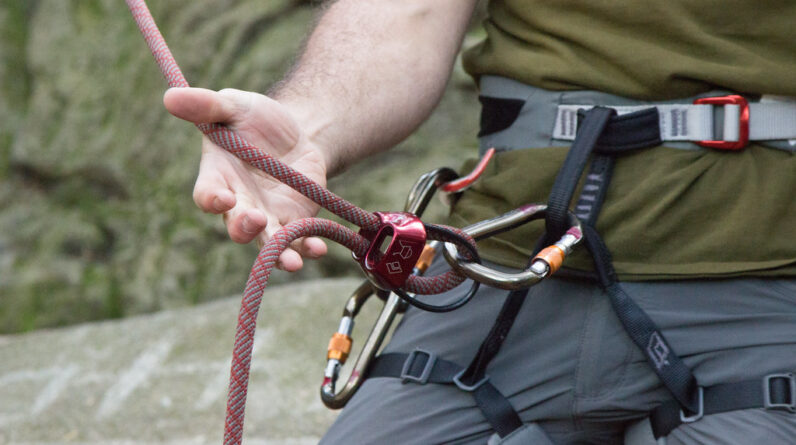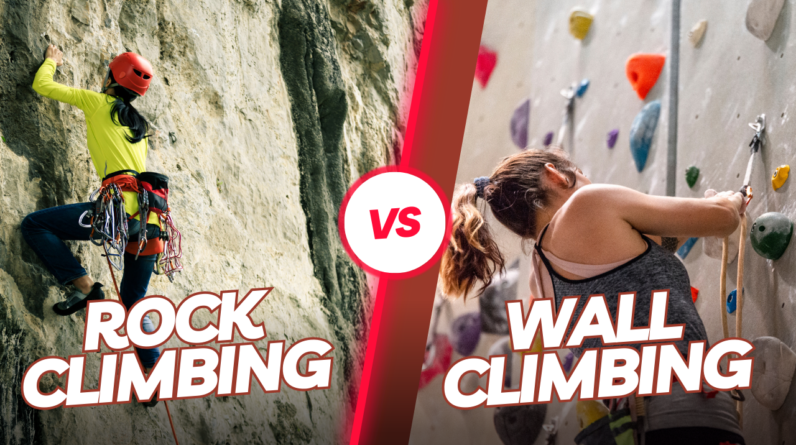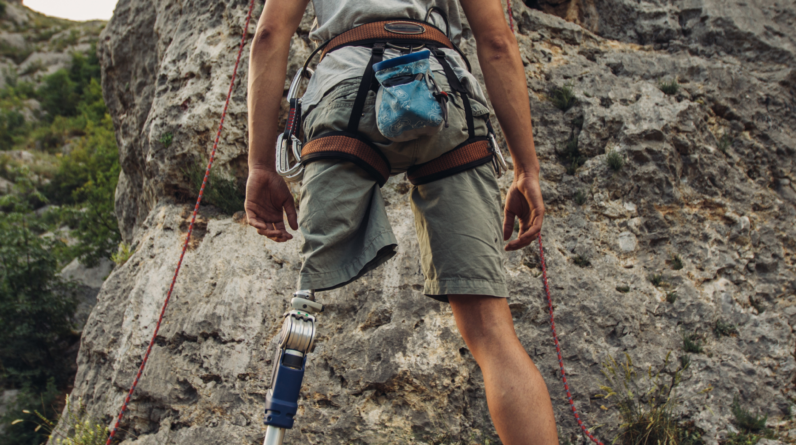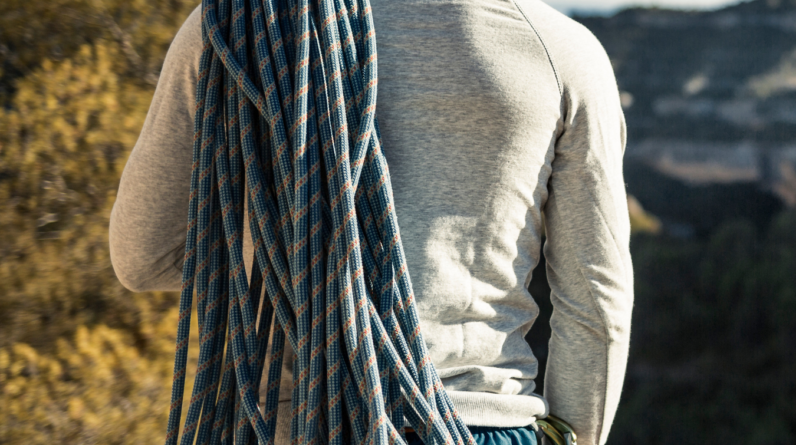
Rock Climbing How to Belay
Whether you are a beginner, intermediate, or a professional climber, rock climbing how to belay is an essential part of your climbing skills. With a belay device and some basic training, you will be able to safely ascend and descend any route.
Traditional vs trad climbing
Whether you’re a beginner or a more experienced climber, you’re probably wondering what the difference between traditional and sport climbing is. These two different styles of climbing require different equipment, skills, and mindsets.
Traditional climbing is a style of climbing that involves the use of protective equipment. The climber uses carabiners and protection pieces to hold onto the rock.
During traditional climbing, the leader must make sure that the route offers an adequate number of gear placements. This involves a lot of route-finding challenges, including long runouts and complex problem solving. Depending on the rock face, the placement of protection is determined by many factors.
Traditional climbers are also required to carry a full rack of gear. They also carry protection devices such as cams and nuts. In addition to the traditional equipment, climbers must also be knowledgeable about slings and belay anchors.
Trad climbing is much more physically demanding than sport climbing. Because of this, it’s often thought to be safer. However, accidents are more common during trad climbing than sport climbing.
PBUS method
PBUS (pull, brake, under, slide) is one of the best belay techniques around. Using it correctly can save your life, and your partner’s. It’s a simple and safe belay system that’s often recommended to belay from the bottom up, or for indoor climbing. If you’re not sure about how to do it correctly, you may want to get some professional help.
To do it correctly, you’ll need to follow a few simple steps. These steps will ensure that you’re doing the PBUS method correctly and that your partner is safe.
The first step is to identify which pre-climb checks are relevant to you. For example, if you’re belaying a lead climber, you’ll want to have the guide hand placed lower on the rope.
Once you’ve done that, you’ll need to tie a safety knot. This will prevent the end of the rope from slipping through the belay device. You’ll also need to pull in the slack in the rope.
Short-roping
Using short roping to belay rock climbing is an effective technique that can increase safety margins and lead to faster and more confident climbing. This technique works best when it is applied correctly. However, it is important to understand when it is appropriate to use it.
When climbing in unfamiliar terrain, using terrain belays can be a quick and efficient way to navigate. This technique uses the friction of the rope around the rock to provide security.
The process is simple. The rope is coiled loop by loop over the climber’s hand. The upper end is wrapped around a mirrored loop in the belayer’s hand.
The belayer watches the middle mark of the rope. He then pulls the end of the rope tightly, forming a loop. The loop is then passed around a feature, allowing the climber to continue climbing without having to untie the loop. This is often referred to as the “pull pinch slide” belay technique.
Autobelay
Using an autobelay for rock climbing allows you to climb without having to depend on a belay partner. This means that you can practice your technique and develop your skills in a safe environment. In addition, autobelays are also a good training tool, helping you to increase your endurance.
Autobelays are circular devices that can be mounted to the top of a climbing wall. The device is designed to catch a climber who falls, lowering them to the ground safely. These devices are designed to be used by adults and children, and are made to meet national safety standards.
An autobelay for rock climbing can be used by beginners and advanced climbers. In order to make the best use of this device, it is important to understand how it works. Auto belays use a combination of magnets and a rotor to decelerate the climber. The magnets are attached to the rotor, which spins a metal plate. As the climber descends, the force of their fall pushes the magnets outwards. This causes the magnets to repel harder, which slows the rate of descent.






